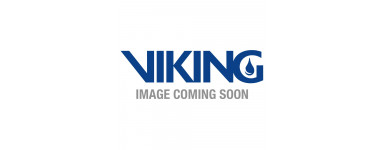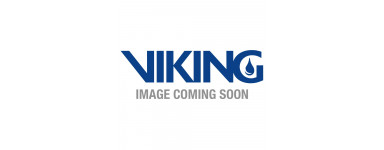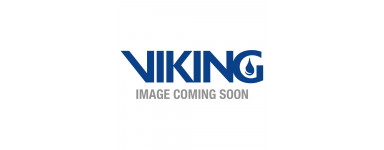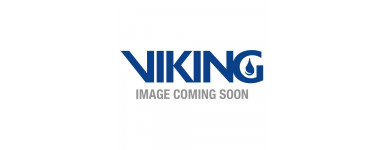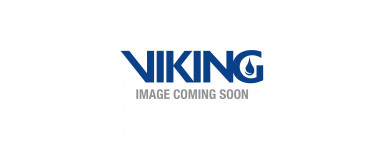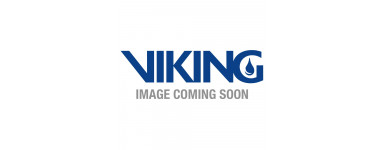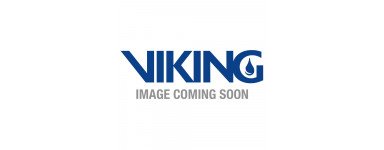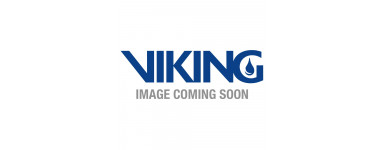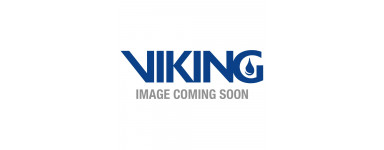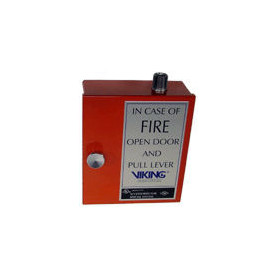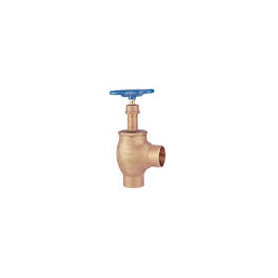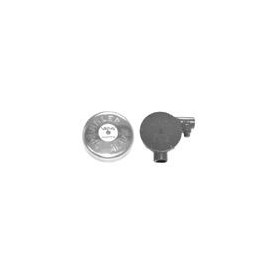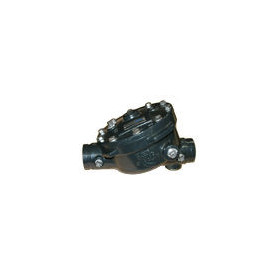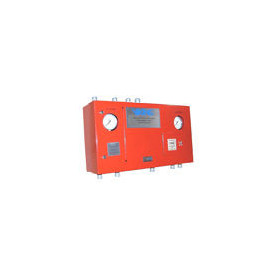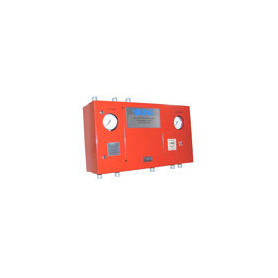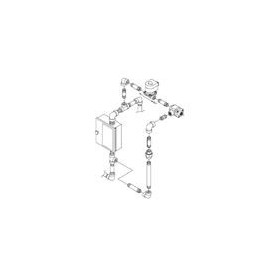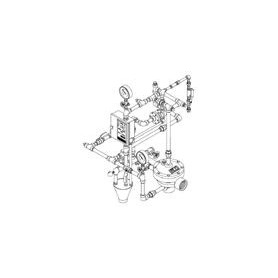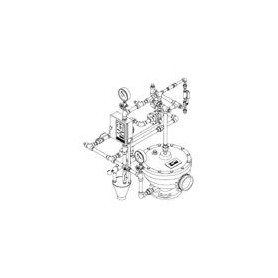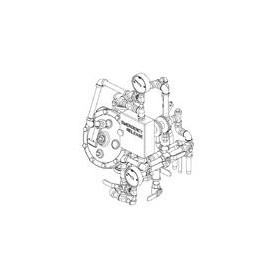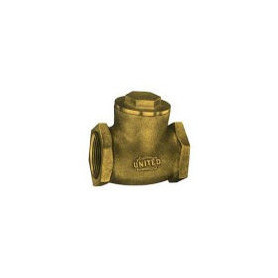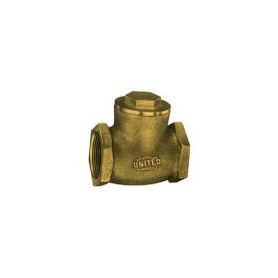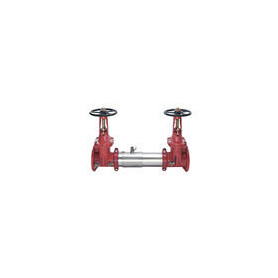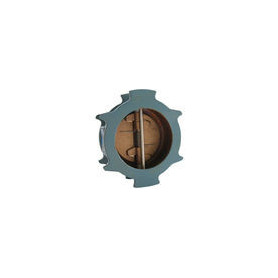Deluge Systems
- Fire Sprinklers
- Standard Coverage
- Commercial Extended Coverage
- Storage Sprinklers
- Residential Sprinklers
- Dry Barrel Sprinklers
- Special Sprinklers
- Sprinkler Accessories
- Spray Nozzles / Window Protection
- Wet Pipe Systems
- Dry Pipe Systems
- Deluge Systems
- Preaction Systems
- Model G Preaction Systems
- Single Interlocked – Pneumatic Release
- Single Interlocked – Electric Release
- Double Interlocked – Pneumatic/Pneumatic Release
- Double Interlocked – Electric/Pneumatic Release
- Double Interlocked – Electric/Pneu-lectric Release
- Components and Accessories (general)
- Accessories (Pneumatic Release)
- Accessories (Hydraulic Release)
- Accessories (Electric Release)
- Alarm Devices
- Special Valves and Trim
- Valves and Systems
- Foam Systems and Accessories
- Foam Systems
- Concentrate Control Valves and Trim
- Valve Trim for Premixed Foam Systems
- Release Trim Packages
- Foam Concentrates
- Accessories, Foam Concentrates
- Proportioning Devices
- Discharge Devices
- Bladder Tanks
- Double Wall (SAFE) Atmospheric Storage Tanks
- Single Wall Atmospheric Storage Tanks
- Atmospheric Storage Tank Optional Equipment
- FoamPak Foam Pump Skid, 60Hz, Single and Dual
- FoamPak Foam Pump Skid, 50Hz, Single and Dual
- FoamPak Accessories
- Miscellaneous
- Portable Fire Equipment
- Fire Detection Systems
- Addressable Fire Alarm Systems
- Vigilant MX1 Addressable Panels
- MX1 Addressable Fire Panels
- AS1668 Controls and Gas Controls for MX1
- Addressable Detection & 850EMTK Programmer
- Addressable Modules and Field Devices
- Graphic Monitoring Software - XLG Client Server
- Vigilant Empty Cabinets & Battery Boxes
- IP Interface Networking
- MX Hazardous Detectors / Devices
- Documentation and Manuals
- Vigilant MX4428 & F4000 Addressable Systems
- ASE Parts
- Vigilant MX1 Addressable Panels
- Emergency Warning Systems
- QE20 EWCIE and QE90 EWIS
- Occupant Warning Systems
- Grade 2 and 3 EWS T-Gen2 AS4428.16 Approved
- Grade 2 and 3 EWS T-Gen2 AS4428.16 Approved
- Older Style OWS Amplifiers
- Evacuation Speakers
- WIP Phones & WIP Cabinets
- VOX Speech Intelligibility Test Kits
- Miscellaneous Tools & Items
- Conventional Fire Alarm Systems
- Maintenance Testing Equipment
- Flame Detection
- Ancillaries
- Cabinets
- Speaker Testing Equipment
- Miscellaneous Spare Parts
- Coltraco - Ultrasonic & Safety Instrumentation
- Photoelectric Smoke Alarms Stand Alone – Battery Powered
- OSID Emitters & Imagers
- Anti-Tamper Device
- FBA
- Gas Panel Signage
- Looms and Ribbon Cables
- Power Supplies
- Addressable Fire Alarm Systems
- VESDA ASD Detectors
- VESDA & FAAST FLEX Detectors
- VESDA Life Expectancy 2015
- Xtralis AS1851.2012 Maintenance
- VESDA LCD Programmer & High Level Interfaces
- VESDA-E Backward Compatibility Table - Firmware Versions
- Filters & Spare Parts
- VESDA Software
- Pipe and Fittings
- Automatic Air Purging System
- 19" Rackmount Configurations
- Gas Detection for VESDA
- VESDA Remote Displays
- Power Supplies
- VSM4 Configuration & Monitoring Software
- VESDA Documentation & Manuals
- VESDA Life Expectancy 2015
- Xtralis AS1851.2012 Maintenance
- VESDA-E Backward Compatibility Table – Firmware Versions
- VESDA Product Manuals & Data Sheets
- VESDA Technical Tips
- VESDA Maintenance & Troubleshooting
- VESDA Design & Commissioning
- VESDA Industry Documents
- VESDA Aspirated Smoke Detection for Impulse (Jet) Fans in Carparks
- VESDA Refrigerated Cold Storage Facilities - Design Guide & Information
- VESDA Case Studies
- VESDA Movies
- Smoke Bombs & Smoke Pens
- FAAST FLEX Documentation & Manuals
- Suppression Systems
- Hangers & Fasteners
- Exit & Emergency Lighting
- Foam Products
- Electrical Products
- Steel Pipe & Fittings
- Alarm Devices & Monitoring
- Signage & Blazons
- Tools & Accessories
There are 18 products.
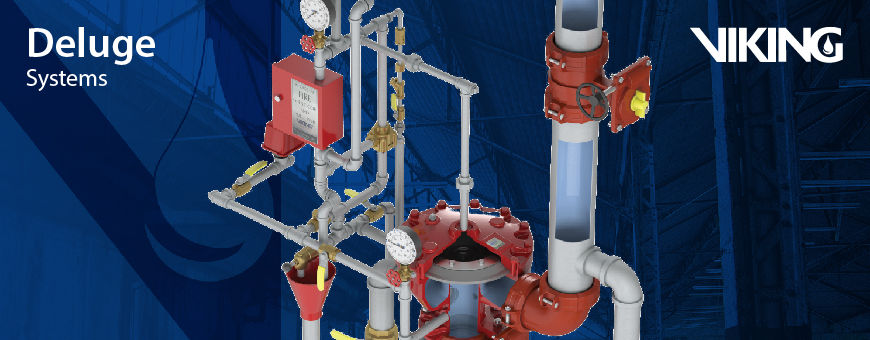
Foam/Water Deluge Sprinkler System
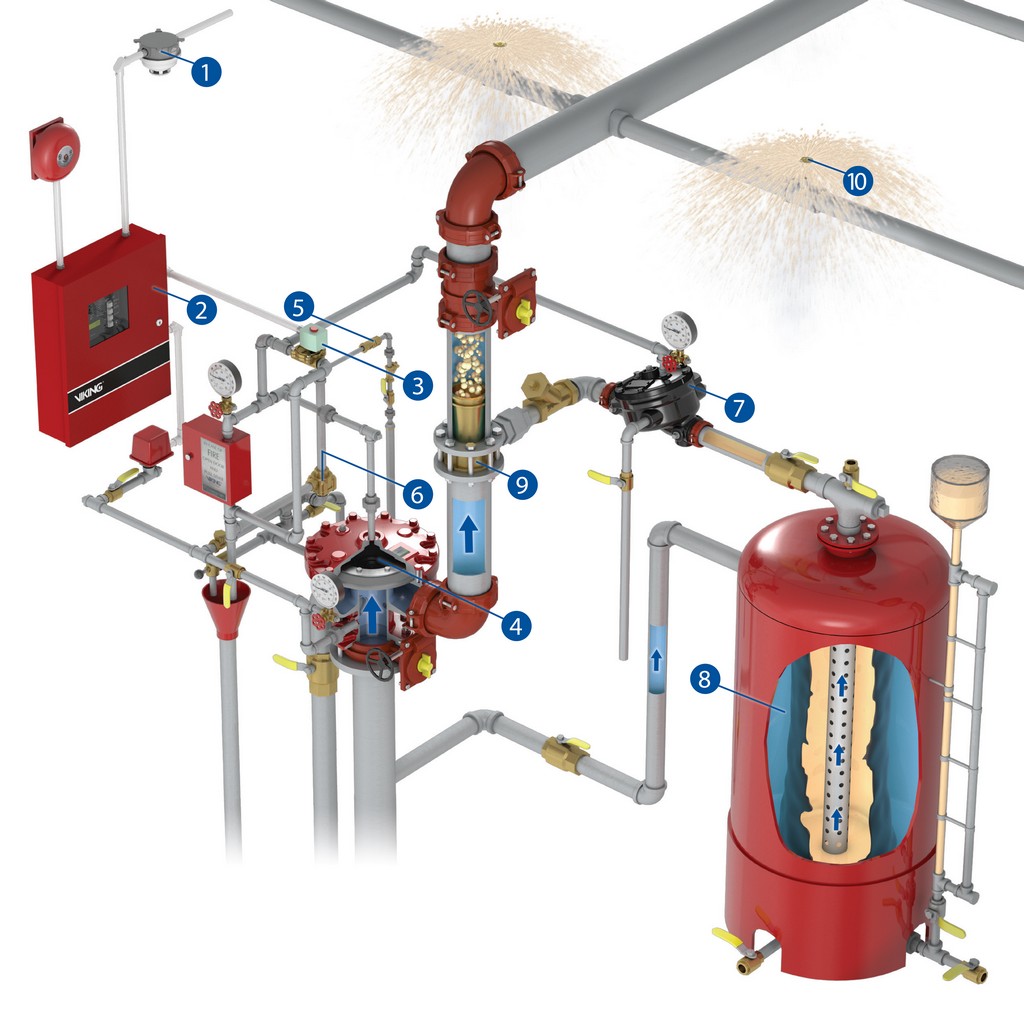
When the detector (1) is activated by fire, a signal is sent to the VFR-400 Release Control Panel (2). The panel sends appropriate alarm signals and, at the same time, signals the release of the solenoid valve (3). The deluge valve priming chamber (4) is then vented faster than water is supplied through the restricted orifice (5), allowing the deluge valve to open. When the deluge valve operates, pressure opens the pressure operated relief valve (PORV) (6) continuously venting the water to the priming chamber, ensuring the deluge valve remains in the open position. Trim piping, tied into the priming chamber of the Halar-coated concentrate control valve (7), allows that valve to open at approximately the same time, opening the foam concentrate line to the sprinkler system. The outer shell of the bladder tank (8), pressurized by system water, squeezes foam concentrate out to the proportioner (9). As water flows through the venturi area of the proportioner, a metered pressure drop draws foam concentrate into the system water creating a foam solution mixed to the appropriate ratios. This solution then flows through the sprinkler piping and out to the open sprinklers or nozzles (10)
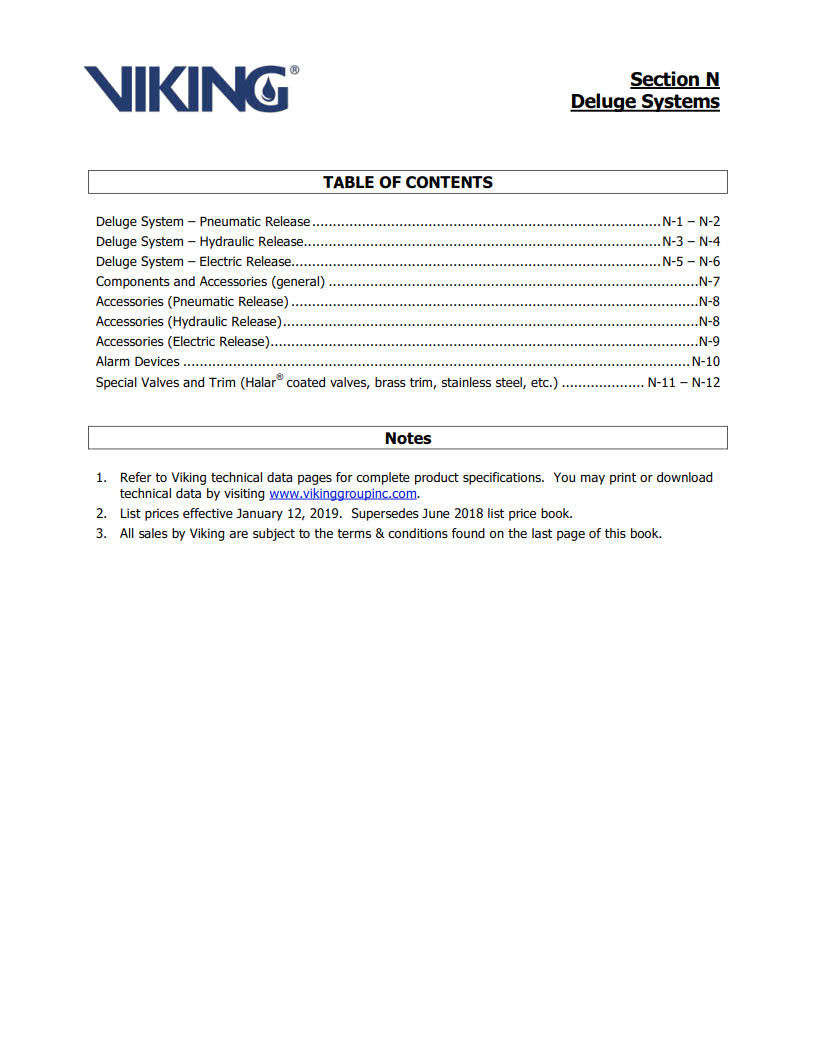
Subcategories
Deluge System – Pneumatic Release
Deluge System Model E-1 Deluge Valve Pneumatic Release

When the C-1 Thermostatic Release (1) or fixed temperature release (2) is activated by fire, pressure in the release system escapes from the open device, allowing the pneumatic actuator (3) to open. This releases pressure from the priming chamber (4) of the deluge valve, allowing the valve to open. Water flows into the system piping and to the alarm devices, causing the pressure switch (5) to activate an electric alarm and/or operate a mechanical water motor alarm. Water flows from all open sprinklers or nozzles (6). When the deluge valve operates, pressure opens the pressure operated relief valve (PORV) (7) continuously venting the water supply to the priming chamber, ensuring the deluge valve remains in the open position.

Deluge System – Hydraulic Release

Deluge System – Electric Release
Deluge System Model F-1 Deluge Valve Electric Release

When the detector (1) is activated, a signal is sent to the VFR-400 release control panel (2). The panel sends appropriate alarm signals and, at the same time, energizes the normally closed (NC) solenoid (3) open. The deluge valve priming chamber (4) is then vented faster than water is supplied through the restricted orifice, allowing the deluge valve to open. The water enters the system piping. Water flows from all open sprinklers or nozzles (5). When the deluge valve operates, pressure opens the pressure operated relief valve (PORV) (6) continuously venting the water supply to the priming chamber, ensuring the deluge valve remains in the open position.

Components and Accessories (general)

Accessories (Pneumatic Release)

Accessories (Hydraulic Release)

Accessories (Electric Release)

Alarm Devices

Special Valves and Trim

